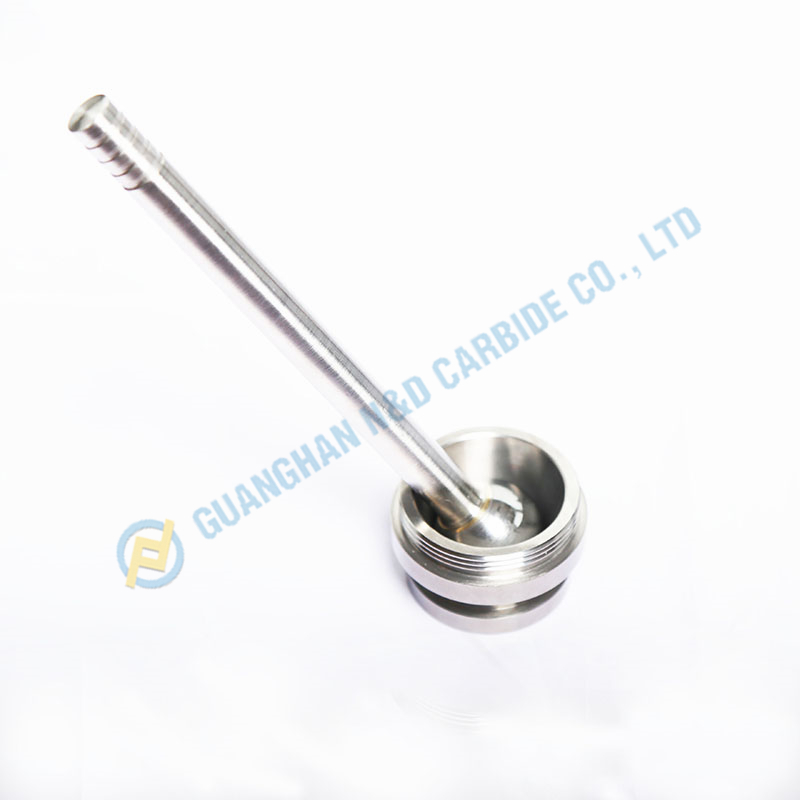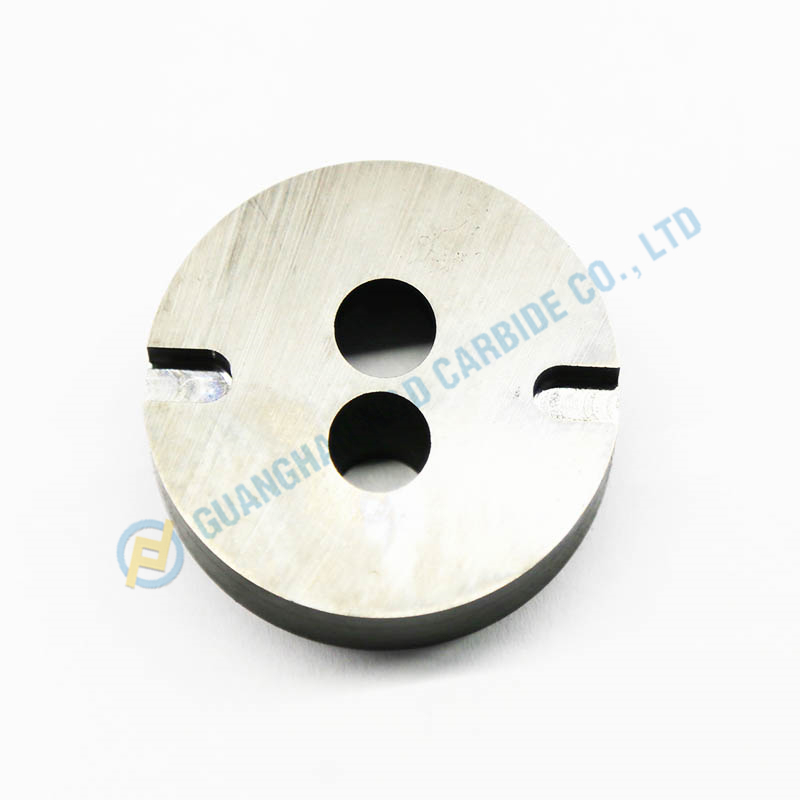When your application requires a precision cutting and or milling process, turn to Grinding Techniques for high quality tungsten carbide burrs that will effortlessly shape, cut, grind, or remove burrs, sharp edges and excess material from your workpiece, castings, and forgings. tungsten carbide burrs also known in the industry as either rotary files or die grinder bits, are considered precision tools commonly used in industries like foundries, shipbuilding, aviation, automotive and metal fabrication shops. Due to their versatility, they are suitable for a variety of materials ranging from steel, stainless steels, aluminium, cast iron, plastics and wood.
With so many cut styles available in the market, it is important to choose the correct configuration for your specific application. Some of the configurations available includes single cut, chip-breaker and the premium double cut burr. TC Flow Cages

A single cut burr typically has a single flute which causes the chip removed from the material to be sharp and long, this burr is known as a general-purpose design suited to cast iron, steel, and other ferrous metals.
The chip-breaker cut makes use of the same single flute design, but with the inclusion of a spiral cut in the opposite direction to break the single flute and produce smaller swarf pieces and improve operator control during application.
Double cut burrs on the other hand have flutes cut in a cross-cut direction which enables a double cut during every rotation of the burr, which not only minimises the time it takes to remove the excess material, but also ensures that the swarf removed, is being cut into very small pieces. The Andor Speedline range of double cut burrs also has the added advantageous of ensuring the swarf removed is blunt and won’t penetrate the skin to further support operator safety. The double cut is known as the most versatile of the range.
Due to the smaller swarf being produced, the double cut burrs also produce a smoother finish compared to that of a Single cut or chip-breaker cut burr.
Along with the different configurations one also need to choose the correct shape for your application. The shape will depend on the profile or cut that will be required on the workpiece. Ball shaped burrs are perfect to create concave cuts or to hollow out an area. When you need to round off edges, a tree-shaped burr will be best suited. Parts where a V-cut is required or where the rear side needs to be chamfered will need a burr with an inverted cone.
When using a tungsten carbide burr, it is important to remember due to the flute design, they are manufactured to be used with die grinders or pneumatic rotary tools and not with normal drills. Their optimal performance speed rating is ranging from 17 898rpm to 39 773rpm, (dependent on the size of the head of the burr), if used in a drilling machine running at around 2,000 to 3 000rpm, which is significantly less than a die grinder or pneumatic rotary tool, cutting effectiveness will be hindered, the burr could chip and clog up, and excess heat will be generated that could lead to the premature failing of the shank of the burr potentially causing detachment from the shank.
Always ensure your burr runs at optimal speed, a general guideline to remember, is, the smaller the dimension of the burr the faster the optimal speed of the burr, and the bigger the dimension of the burr, the slower the burr needs to run at.
When using a tungsten carbide burr it is important to allow the tool to do the cutting work and not to apply too much pressure, as excessive force will cause the burr’s cutting edge of the flutes to chip away or turn blunt too quickly which will instantly reduce the longevity of the burr.
To avoid the burr to dig and grab into material, it is important to move it around during application and not hold it in one section for too long. Due to the extreme hardness of tungsten carbide burrs, they can be used on more demanding jobs tolerating higher temperatures than that of HSS burrs, which are prone to soften under higher working temperatures.

Tungsten Carbide Thrust Sleeve For more information contact Grinding Techniques on TEL: 011 271 6400 or email info@grindtech.com or visit www.grindtech.com